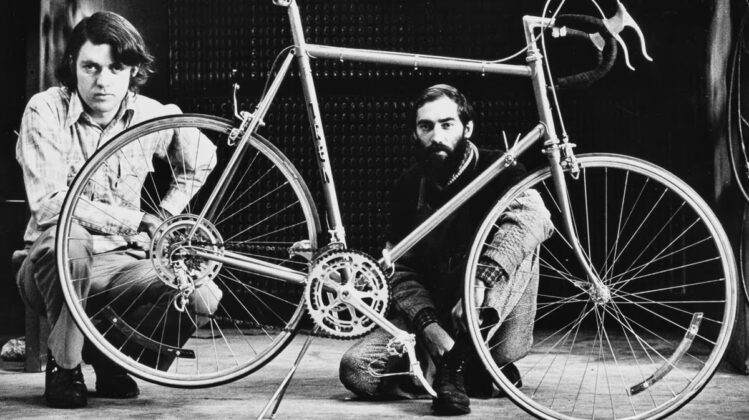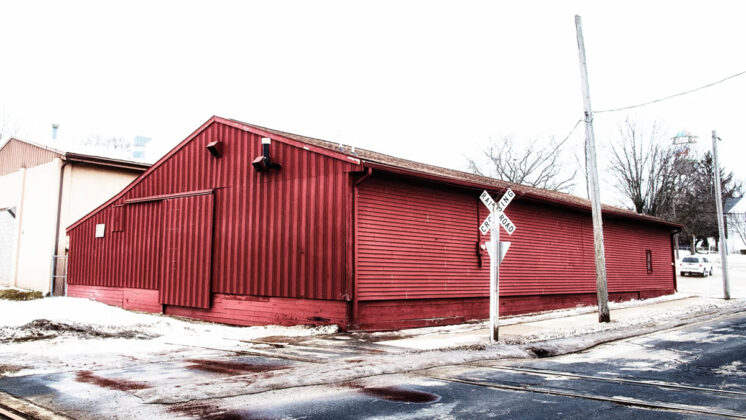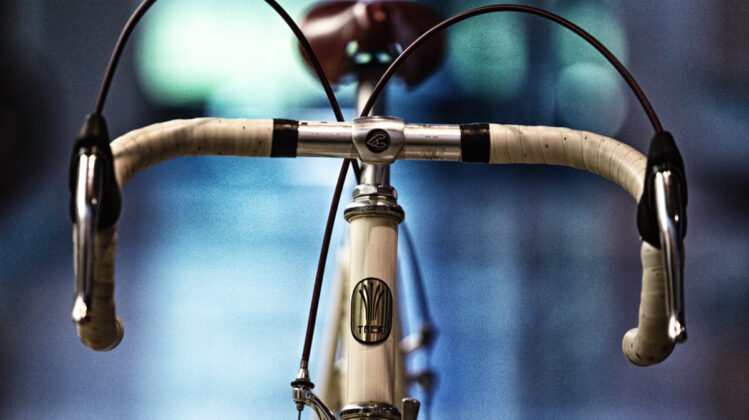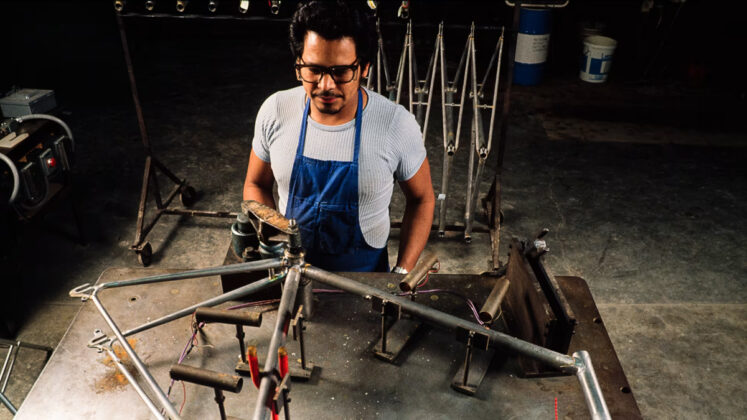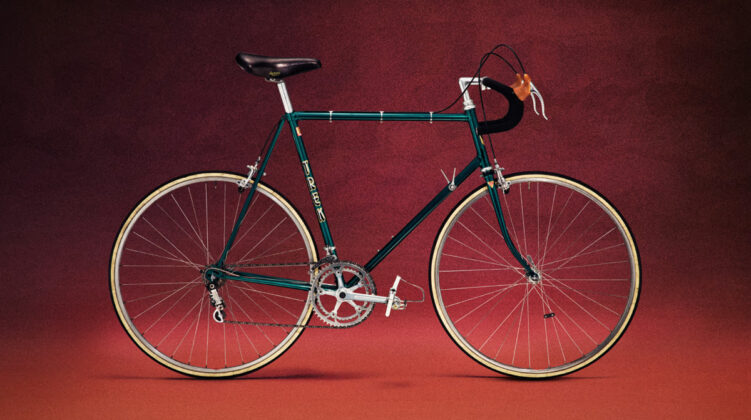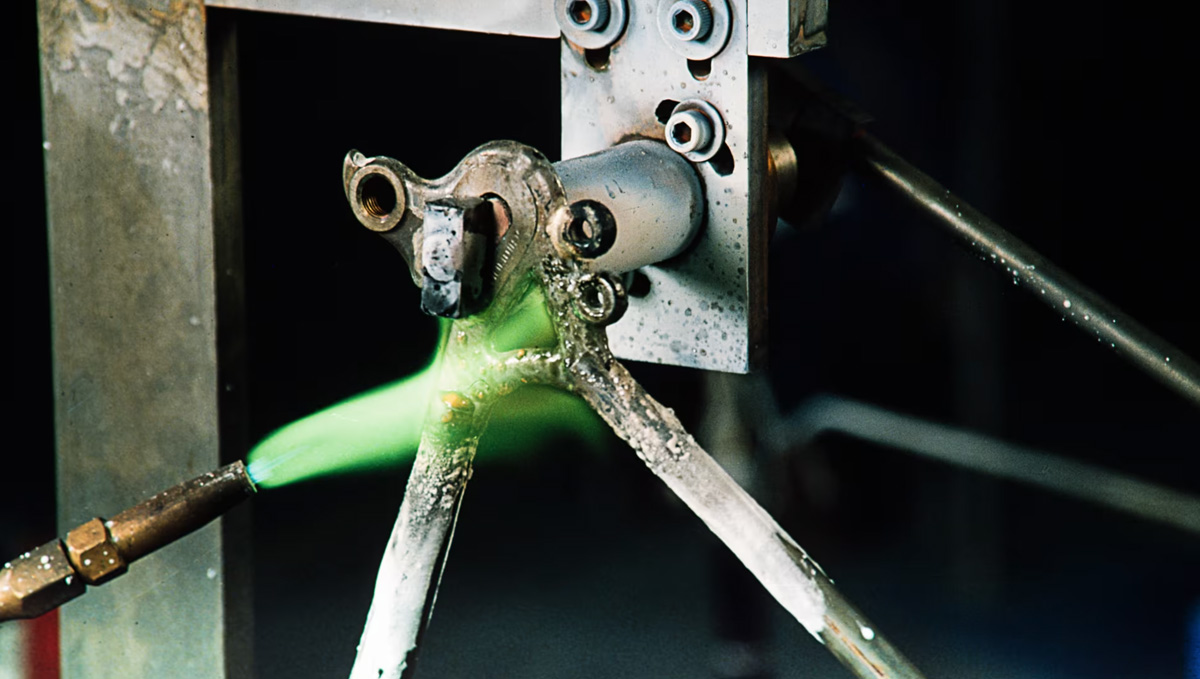
What, you may ask, am I getting at? Well, here’s the thing. Is it the steak we are really after, or is it the opportunity to spend quality time with loved ones while the steak sizzles on a grid over an open fire? The steak is simply the means to a much bigger end. In some cases, the sizzle we were after becomes the catalyst of something much bigger than we could ever have imagined. The story of how the iconic Trek bicycle brand came about is a prime example of the point I’m trying to make.
The story of Trek officially started with its founding in 1976, but like many good tales, that is not really where it began. What really birthed this cycling phenomenon was a chance meeting on an aeroplane and an epic father-son road trip. A 41-year-old businessman by the name of Dick Burke got home from work and told his son John, aged 12, that they were going on a bicycle tour. It seems that the bikes they may have owned at that point were not quite up to an extended tour, as Dick told his boy that they were going shopping for new bikes for their ‘tour’.
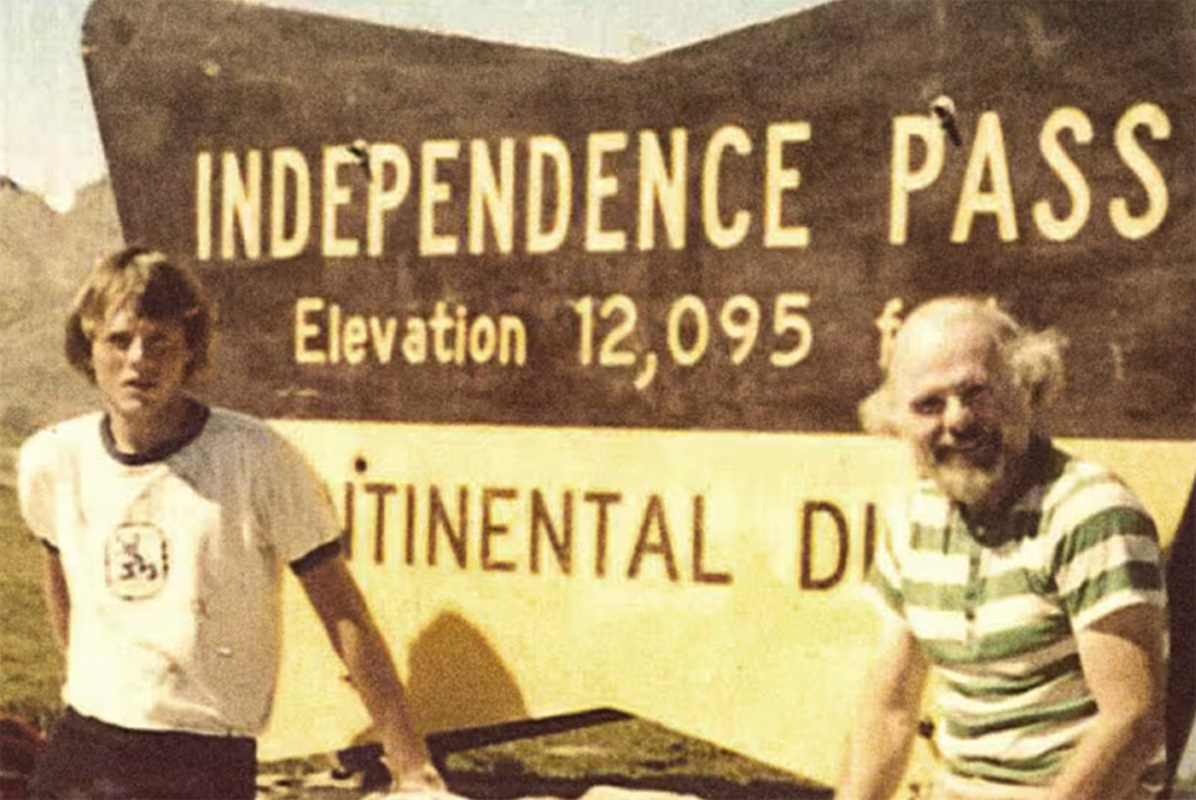
Dick mentioned that he had met a South African fellow by the name of Bevil Hogg, whilst on a flight, who owned a bicycle shop in Madison, Wisconsin and was looking for an investor. John, excited at the prospect of a new bike, paid scant attention. I am sure he was already revelling at the thought of hanging out with his dad on their cycling adventure. By all accounts, the trip, although physically challenging (given that they would be riding up to 112 km a day, well in excess of John’s typical 20-odd km bicycle jaunts), was, in a sense, life-changing. Little did they know just how life-changing that trip would be, and not only for them.
Dick ended up investing in Bevil’s shop, leading to the opening of a second shop. As it turned out, the shops didn’t make money, and after scarcely a year, Dick and Bevil pulled the plug on these two enterprises and got together after work at a local pub and steakhouse called The Pine Knoll to plot a way forward. Cosseted in the homely ambience of the steakhouse, the two determined that they needed their own brand rather than retail other manufacturers’ offerings. Something that would be mid to high end. Bevil favoured the name Kestrel for their new brand, conjuring up images of speed and raptor-like excitement, but Dick felt that Trek was even more powerful. I have no doubt that the memories of the adventure that he had with his young boy influenced his choice. A name that would be synonymous with exploration, adventure and bringing families together around a common passion. And so, Trek was born.
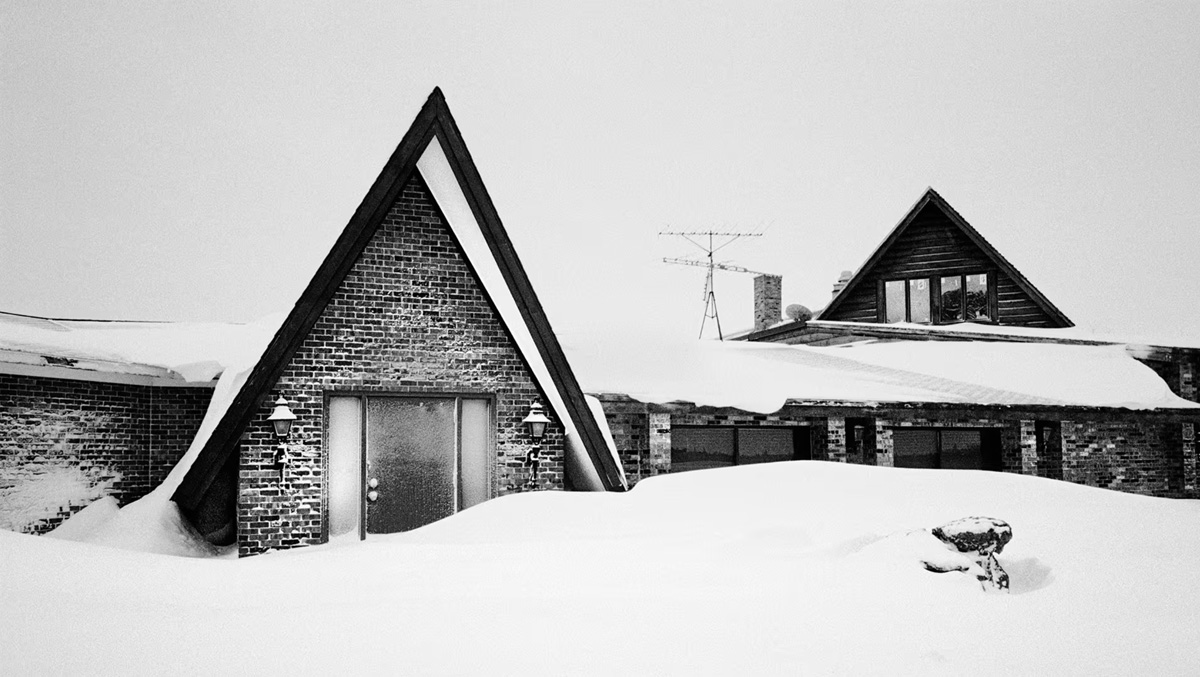
In their first year, Trek built 900 hand-brazed frames out of an old carpet warehouse with a staff complement of five. The frames they built were mid to high-end for touring bicycles. Incredibly, within three years, the fledgling company experienced sales approaching 2 million dollars. To continue their stellar growth, they realised that they needed a better manufacturing facility, so they built a bespoke factory on the outskirts of Waterloo, Wisconsin.
Dick Burke reminisced, ‘It was not until we built the new factory that we became a business’. The Waterloo factory was destined to undergo numerous expansions over the years as Trek grew and embraced new cutting-edge technologies. As time progressed, so too did their offerings. Trek built tourers, then racers, and in 1983, they built their first mountain bikes. In 1984, Trek Components Group was launched, supplying frames and accessories, and in 1985 built its first bonded aluminium frames, a departure from hand-brazed frames. Also noteworthy about 1984 is that a young man of 21 joined Trek, who had his destiny changed when, as a 12-year-old boy, his dad got home from work one day and said, ‘Son, we are going on a bicycle tour. ’
In 1986, they built their first carbon composite frames, and in 1988, Trek Wear, their bespoke cycling apparel brand, was born. 1989 was the year that Trek went international with expansion into the UK and Germany. Trek, in an alliance with a carbon manufacturer, Brent Trimble, built a monocoque frame set with an aluminium fork which was incredibly light, weighing in at a scant 1,5 kg. Reliability issues with these early offerings led to Trek establishing its own in-house carbon manufacturing facility. They developed a Hybrid bike in 1990, which they dubbed ‘Multi Tracks’, with the comfort of a mountain bike but with some of the speed of a road bike. Dare I suggest that this was the forerunner of the Gravel bikes that we have today?
Studying Aerospace technology gave rise to the OCLV (Optimum Compaction, Low Void) carbon frames. The 5500 frames that resulted exceeded Aerospace standards and at 1,11 kg were the lightest production road frames ever built. In 1992, Trek produced their first full suspension mountain bikes, the 9000 series and used their OCLV technology in 1993 to build the 9800 and 9900 series mountain bikes with frames weighing a mere 1,29 kg. The lightest production MTB frames that the world had ever seen. In the same year, Trek acquired Gary Fisher bicycles. Gary Fisher is considered a doyen of the mountain biking genre. Trek ‘Exercycles’ were born in 1994, and in 1995, Trek’s ‘Y’ bike frame design won Popular Mechanics’ prestigious Outstanding Design and Engineering Award.
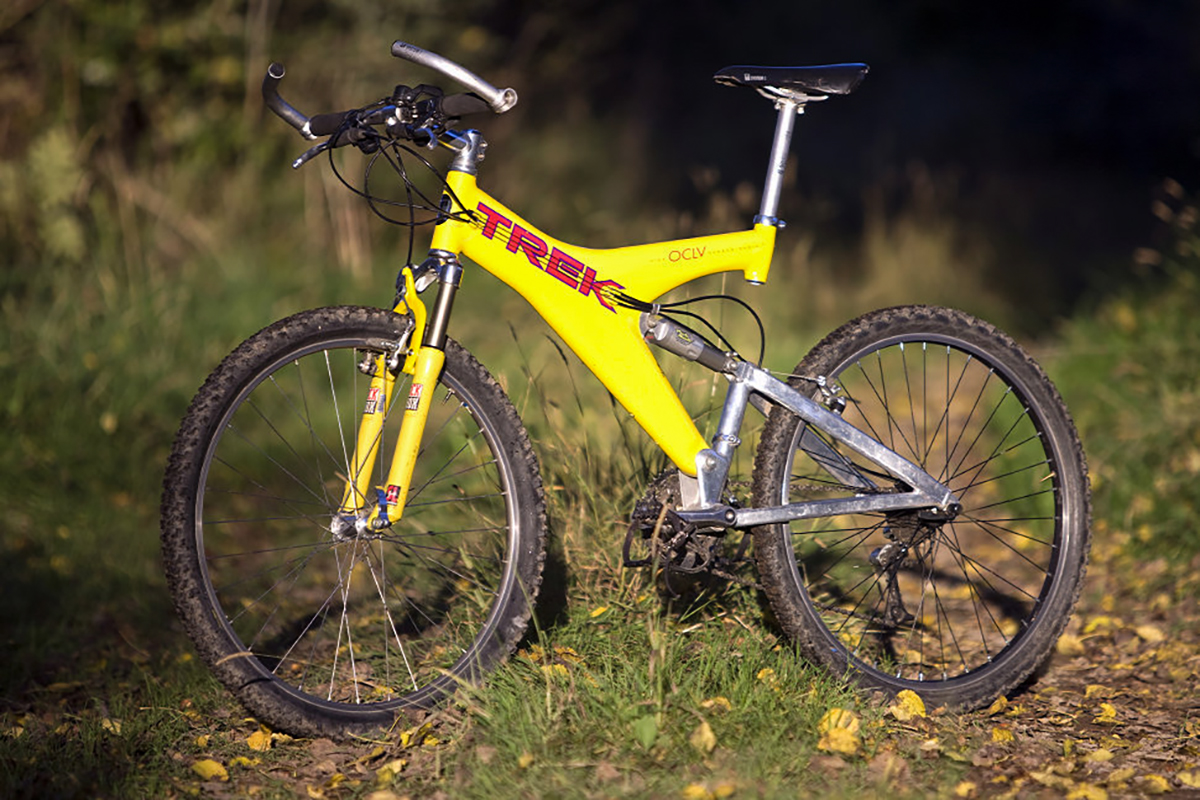
1995 was also an acquisition year. Klei and Bontrager were added to the Trek stable, and a licensing agreement was signed to design, build and distribute LeMond Racing Cycles. Greg LeMond was a 3 times American Tour de France winner. 1995 also saw the opening of a new assembly facility in Whitewater, Wisconsin. The Waterloo factory went back to its roots as a frame building facility only. 1997 to 2005 can be seen in the history of Trek as ‘The Armstrong Years’.
Trek signed Lance Armstrong onto the US Postal Service Pro cycling team, which they sponsored. In 1999, Lance won the Tour de France on a Trek, becoming the first American, riding an American bike, for an American team to win the prestigious Tour. With Armstrong in the saddle, Trek enjoyed 7 consecutive Tour de France victories. This gave rise to the Madone racing bike from Trek, a legend in its own right, as well as the TTX Time Trial range in 2005. 2005 also saw the establishment of the first European Trek manufacturing facility in Germany.

In 1997, after 13 years of grooming, John Burke assumed the reins as President of Trek, a position he holds to this day. Although not stated anywhere, I suspect that John took over the Presidency when Dick retired at 63. Dick passed away in 2008, leaving an indelible legacy within the Trek family. Employees share many stories of how Dick ‘did right by them’. When questioned about these random acts of kindness, Dick’s response was typical, ‘Because it’s the right thing to do’. He lived his life based on a biblical verse, Luke 12:48, which says, ‘to whom much is given, much will be required’. This remains the ethos of the Trek family to this day. Dick’s wealth was ploughed into the Burke Foundation, which continues his philanthropic activities, particularly with providing education for youth in the Milwaukee area.

Today, Trek has subsidiary companies in Europe, Asia and South Africa and employs over 1800 people. Their products are distributed in 90 countries worldwide. Their bicycles are built in facilities in the Netherlands, Germany, Taiwan and China to contain manufacturing costs; however, design and testing still happen in the USA. Acquisitions include Swiss bicycle builders Villiger and German Diamant bikes, both of which are active in the European leisure bicycle market. The Elektra Bicycle Company is also Trek-owned.
John, the current President, is a chip off the old block. He rides over 8,000 km a year on bicycles. His wife Tania, is President of Trek Tours, an affiliate company which organises luxury bicycle tours in Europe and the USA. He has built Trek into a Global giant with a worth estimated at two billion US dollars. Trek sponsors Pro cycling racing teams, the Trek Women’s Triathlon series and World Cup Cyclocross, where they pay equal prize money to male and female athletes. Why? ‘Because it’s the right thing to do!’ It is incredible to consider that this amazing story had its origins in the sizzle resulting from a bonding bike trip undertaken by a loving father and his 12-year-old son.

It has also given me a totally new perspective on why decent bicycles cost what they do. An unbelievable amount of time, effort and money goes into the development of the bike that you ride out of the shop. It is so much more than the sum of its parts. This is not just the history of a bike brand, it’s a story of human endeavour, of family, of ethics and of passion. The success of Trek has taken an incredible amount of dedication, sound management and hard work, but when we get back to basics, they have simply reaped what they have sown. For me, they are a shining light in a world that no longer puts ethics and morality first.
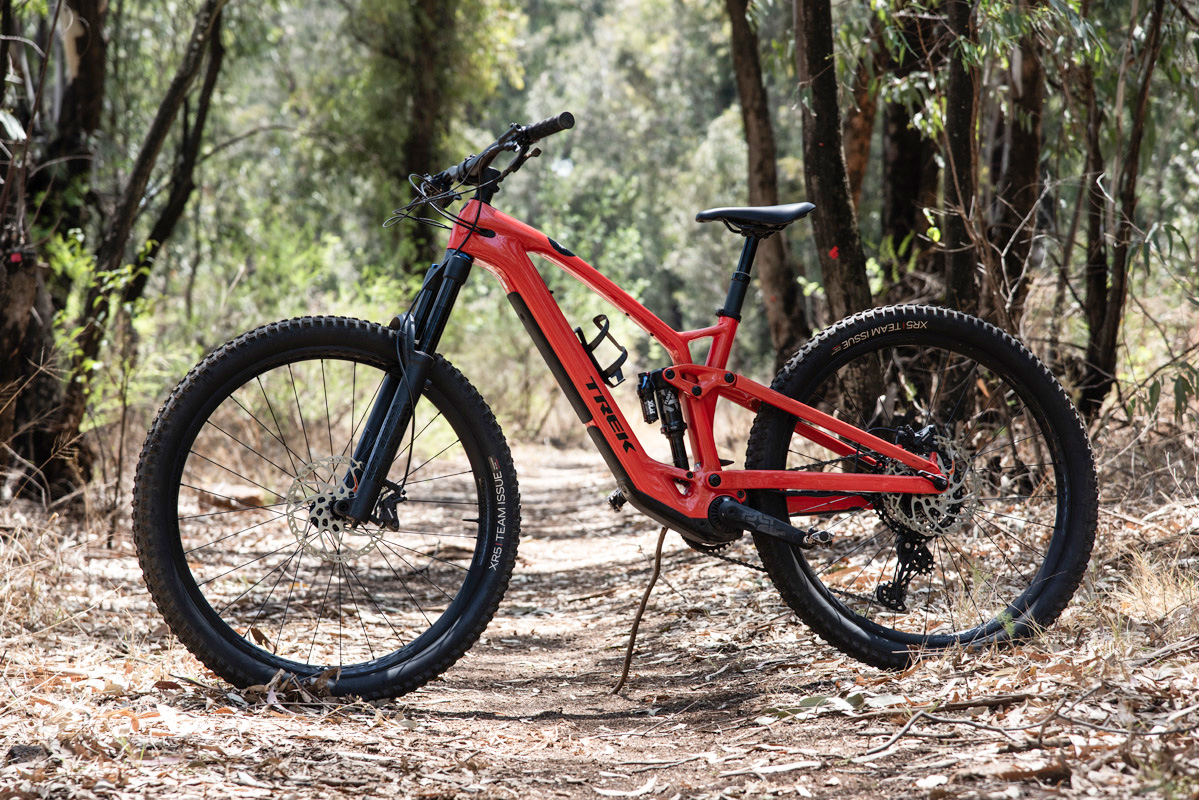
They deserve all their success and more.
For more information, visit: www.trekbikes.com





